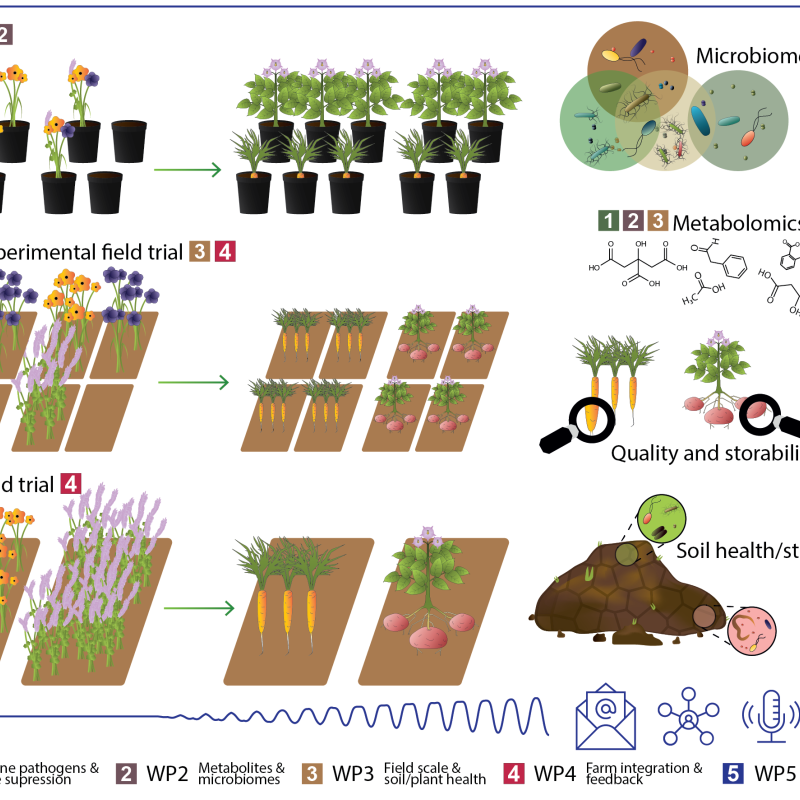Mette Thomsen
Forsker
Sammendrag
Det er ikke registrert sammendrag
Sammendrag
Det er ikke registrert sammendrag
Sammendrag
Det er ikke registrert sammendrag

Divisjon for matproduksjon og samfunn
Kålrot med stabil indre kvalitet
Kålrot er en sentral grønnsak i den norske matkulturen til hverdags og fest. Kålrotdyrking er velegnet for relativt kjølige norske vekstforhold, men dette er blitt mer utfordrende i et varmere klima. I de siste årene har det vært oftere varme- og tørkeperioder om sommeren, med et økende problem med blant annet harde og trevlede kålrøtter. Dette har ført til forbrukerklager på dårlig spisekvalitet for Norsk kålrot, og er en utfordring for salg og konsum av norske kålrøtter.

Divisjon for bioteknologi og plantehelse
Cropdrive
Cropdrive aims to identify a selection of cover crops suitable for use in root vegetable and potato production with beneficial impacts on both soil and plant health, and greenhouse gas exchange.
